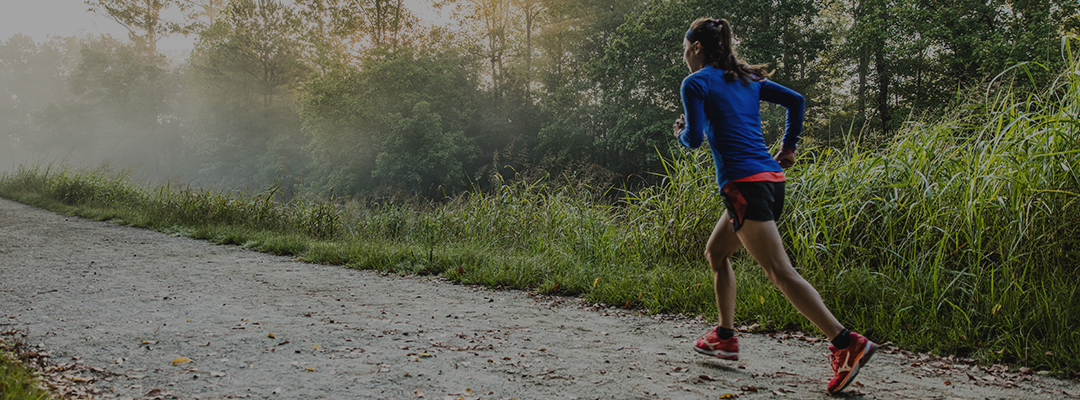
Author: Maegan Krifchin, Mizuno Elite Race Team Member
Published on: November 20, 2016
For the past couple of weeks, I’ve had the opportunity to do some of my training in the new Wave Rider 20. This new shoe has not only received a bit of a facelift, but the structure of the shoe has also changed. I believe these changes are definitely for the better.
The first thing I noticed when I put the Wave Rider 20 on my feet was the cushioning. It definitely feels softer and more cloud-like when you move around in them. I then did some reading on the description of the shoe, and what do you know, this new cushy feeling is made with a parallel wave technology. So what exactly is that? Basically, it is just a softer, smoother cushioning used in the shoe. The description says it’s 9% softer, to me it feels even more than that and I liked it. The feet are extremely important for all runners and they need to be protected. For marathon training, my feet are super sensitive from all the training I do. The new added cushioning makes me feel extra safe and secure and in general, just more comfortable. The Wave Rider 20 is a smoother ride and softer, but not over the top with soft mush- which is a good thing! You don’t want to feel like your feet are just sinking into a memory foam mattress, you lose a lot of energy that way! Over, the updated Wave Rider 20 is softer but still provides the feet with a nice amount of feedback and bounce.
The second thing I noticed about the shoe is the wave plate. The hard plastic piece is still in the shoe (that’s the Wave Plate), but it doesn’t go as far back into the heel like previous models. Also, its wave shape is different than previous models. I think this is a good change to provide softer cushioning at the very back of the shoe for the heel, and giving the runner a softer landing.
Lastly, the upper part of the shoe is different than previous models, as it uses softer materials and seems like it is more breathable and flexible, but still holds the foot while running. Loading up on miles during marathon training, I try to avoid pounding away on my body. The best way to do this is to run on softer surfaces and to be in a softer and well cushioned shoe. This means even if I have to drive an extra 20 minutes to a trail for a softer path, I will. This also means if I have the opportunity to train in a new, updated shoe that is more cushioned and will have a softer landing, I’m all in!
I make it a priority to take care of my body during training- running is a lifestyle! No matter what level you are training at, it is important to recover well and take care of your body. Training hard, using the right gear, ancillary training and all recovery methods are important details to pay attention to in your training cycles.
